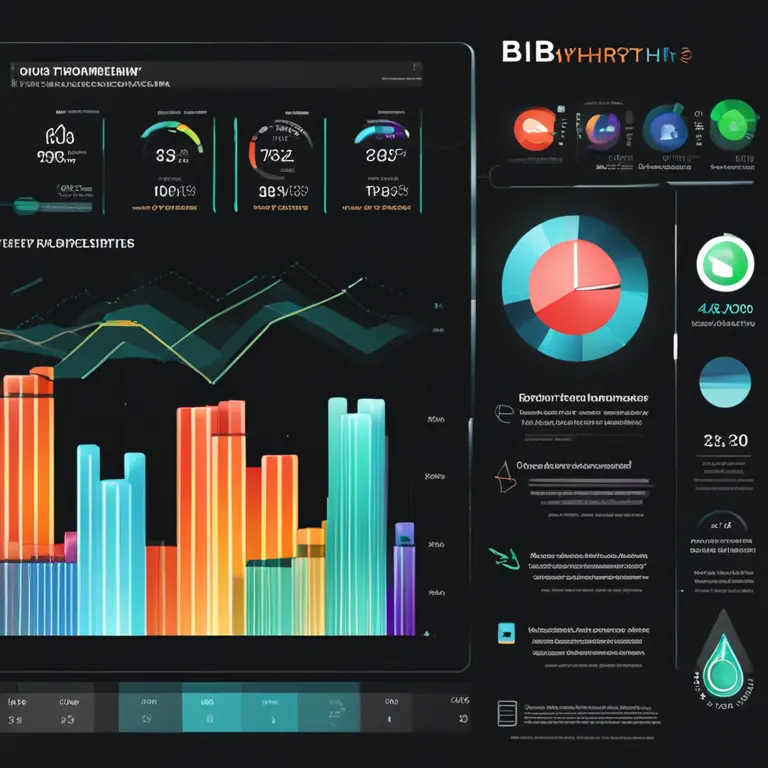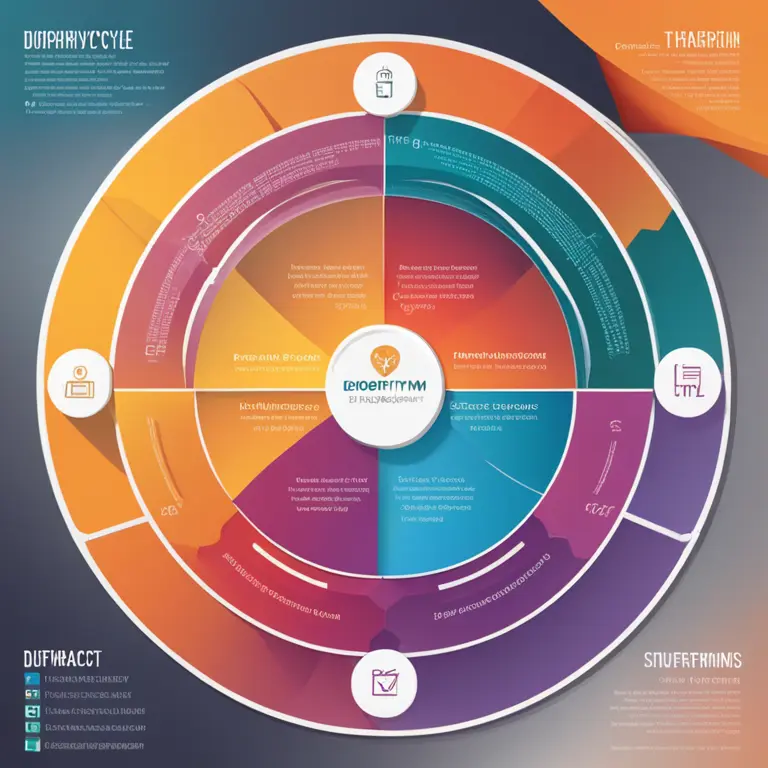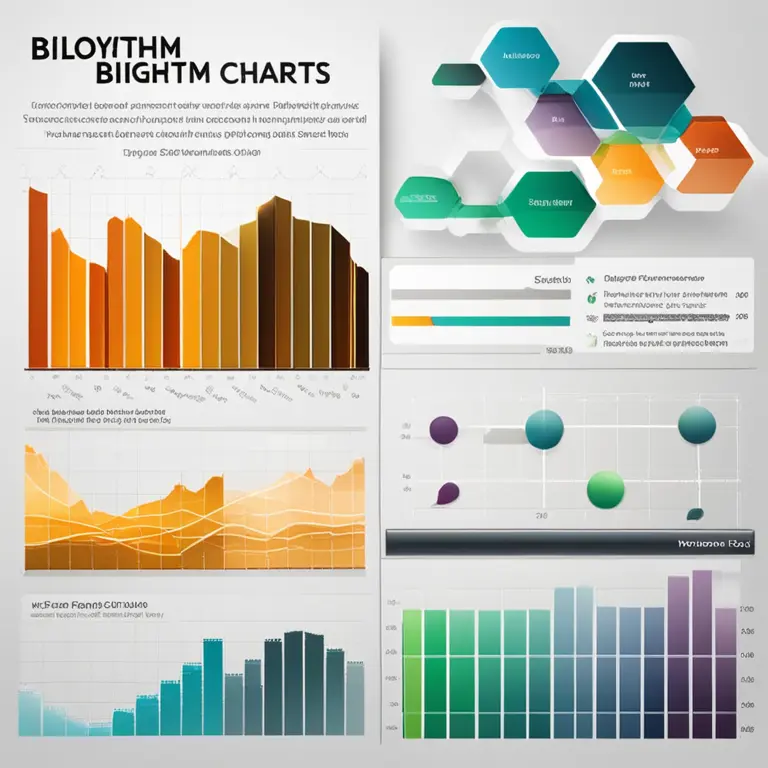
The Role of Biorhythms in Personal Insight
Discover the significance of biorhythms and how they contribute to personal well-being and insight.
article by Adrian Wallace
Introduction to Biorhythms
The concept of biorhythms dates back to the 19th century but has gained considerable attention in modern wellness practices. As a field, biorhythms study the cyclic patterns within human life, proposing that our daily lives are influenced by natural biological cycles. It suggests that by understanding these cycles, individuals can anticipate periods of high performance, emotional resilience, and enhanced physical condition, as well as times of potential vulnerability and stress.

The Three Primary Cycles
Core to biorhythm theory are three primary cycles: Physical (23 days), Emotional (28 days), and Intellectual (33 days). Each cycle oscillates between positive and negative phases. The Physical cycle influences stamina, strength, and overall well-being. The Emotional cycle impacts mood, creativity, and perception of social interactions. The Intellectual cycle affects cognitive functions, decision-making, and alertness. Aligning activities with these cycles can purportedly optimize personal effectiveness and emotional health.

Analyzing Biorhythms in 2024
With advancements in technology and a surge in health-related apps, biorhythms have become more accessible for analysis than ever before. Individuals can now use sophisticated algorithms that integrate with wearable devices to track their fluctuations effortlessly. These tools don't just calculate; they learn from individual patterns, offering more personalized insights and predictions for their users as we continue through the 2020s.

Practical Applications of Biorhythm Charts
Utilizing biorhythm charts can be as simple as gauging when to push hard on projects or when to allow for rest and recuperation. Athletes could plan training and competition schedules, while professionals might schedule meetings or critical thinking tasks during their intellectual highs. Personal relationships could also benefit from understanding emotional cycles, potentially smoothing out the natural ebbs and flows of partnership dynamics.

Skepticism and Scientific Scrutiny
Despite widespread interest, biorhythms face scrutiny from the scientific community. Critics argue that the theory lacks empirical evidence to substantiate its claims. However, as a holistic tool, many individuals and practitioners in the personal development field continue to integrate biorhythm tracking into their routines, citing anecdotal success in improving life management and self-awareness.
The Future of Biorhythms
Looking toward the future, we can expect to see further integration of biorhythm analysis with emerging health tech. As artificial intelligence becomes more adept at pattern recognition, the nuances of individual biorhythms could be understood to even greater extents, possibly unveiling previously unrecognized cycles that affect our daily living.
Conclusion: Embracing Cyclical Living
Although biorhythms remain a matter of debate, their popularity endures as they embody the essence of cyclical living — a principle echoed in nature and human existence. Whether through bolstering productivity, stabilizing mood, or enriching relationships, biorhythms offer an intriguing perspective on personal insight and a testament to the belief that timing is indeed everything.
Published: 1/30/2024
Modified: 1/30/2024
More predictions
Come back here soon to learn more about yourself and your future


Biorhythm Compatibility: Sync Your Cycles for Harmony
Discover the intriguing connection between biorhythms and relationship harmony. Learn how syncing your biological cycles can foster deeper compatibility.


The Rhythms Concept: A Guide to Biorhythms
Discover the intriguing concept of biorhythms: the cyclic patterns influencing our physical, emotional, and intellectual states.


A Guide to Biorhythms Journey
Embark on a journey of self-discovery through the science of biorhythms to optimize your life's potential.